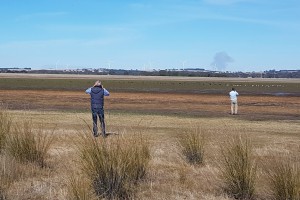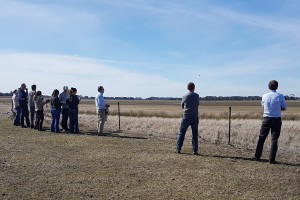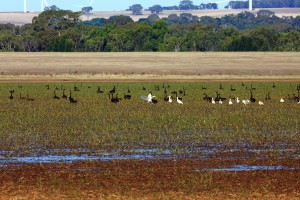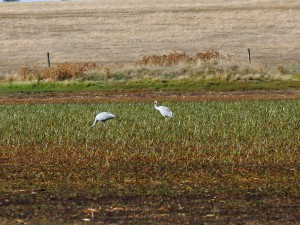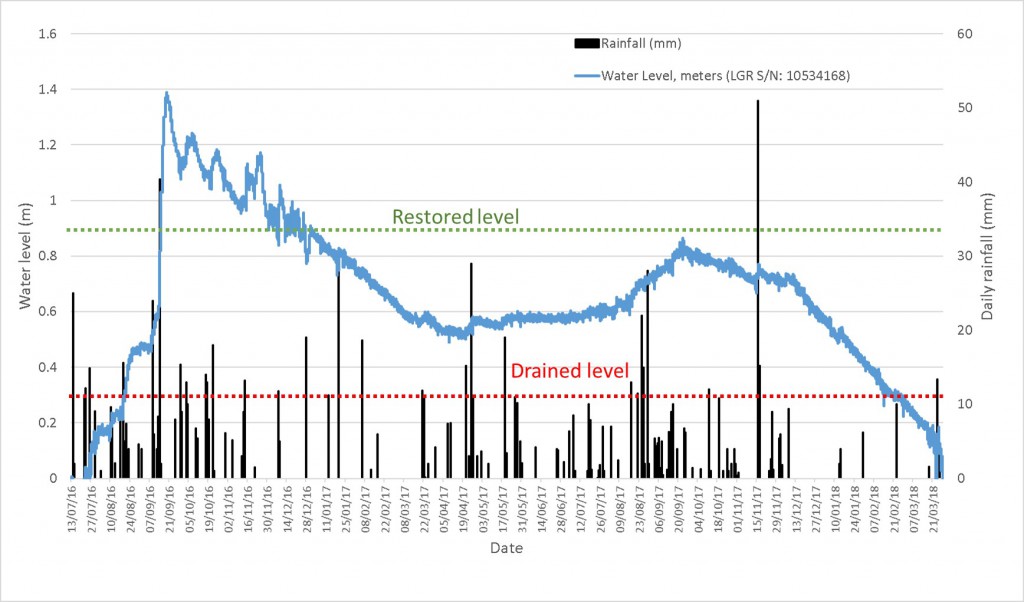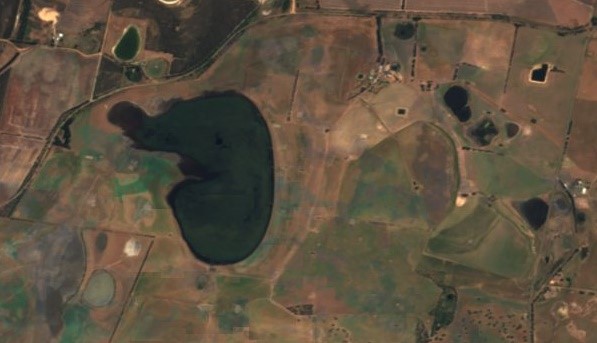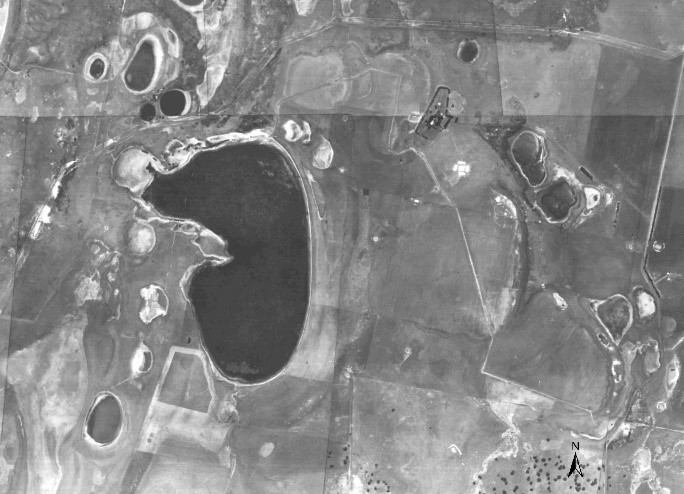A day on the Green Swamp, near Glenthompson
This week Greg and I had the privilege of hosting members of DELWP Barwon South West’s environmental projects team for a tour of Green Swamp.
On the back of a very dry summer and early autumn, levels have receded dramatically. But the good news is there is still around 50 hectares of area covered by water. The wetland vegetation is holding on and the waterbirds are loving it.
Fifty spoonbills, whistling kites, hundreds of swans, black winged stilt and even a pair of brolga. So despite the wider catchment area being about as dry as it gets, this site is behaving as intended and providing some critical habitat for our local wetland species. We have also recorded growling grass frogs and western swamp crayfish at the site, so it holds real significance for some of our locally rare and threatened species.
Green Swamp is located near Glenthompson, just to the east of the Grampians National Park. Restoration works were undertaken in 2014 to reverse artificial drainage and also restrict stock access. We didn’t really see a response until decent rainfall arrived, but when it did in 2016, the wetland filled to capacity.
The figure below provides a summary of the rainfall and water levels over this period. You will note that a bulk of the filling occurred on the back of significant events in September 2016, when the new weir overflowed for the first time and then managed to retain sufficient water depth to keep the wetland inundated throughout 2017 and more recently through this incredibly dry summer and autumn we have just experienced.
A comparison of the wetland’s near natural inundation footprint (albeit after some seasonal drying back) compared to the maximum level achieved in 2016 is illustrated below, showing that the original extent of the swamp has been restored. The wetted perimeter in the 2016 image occupies approximately 120 hectares and at maximum depth, it is about 1.5m.
So four years on, we can say that our first objective of restoring this important wetland habitat has been met.
Our next phase of activity at this site is to continue monitoring the response and to start thinking about the missing pieces, such as fringing vegetation. And that pair of brolga, well maybe they were checking out a new nesting site!

